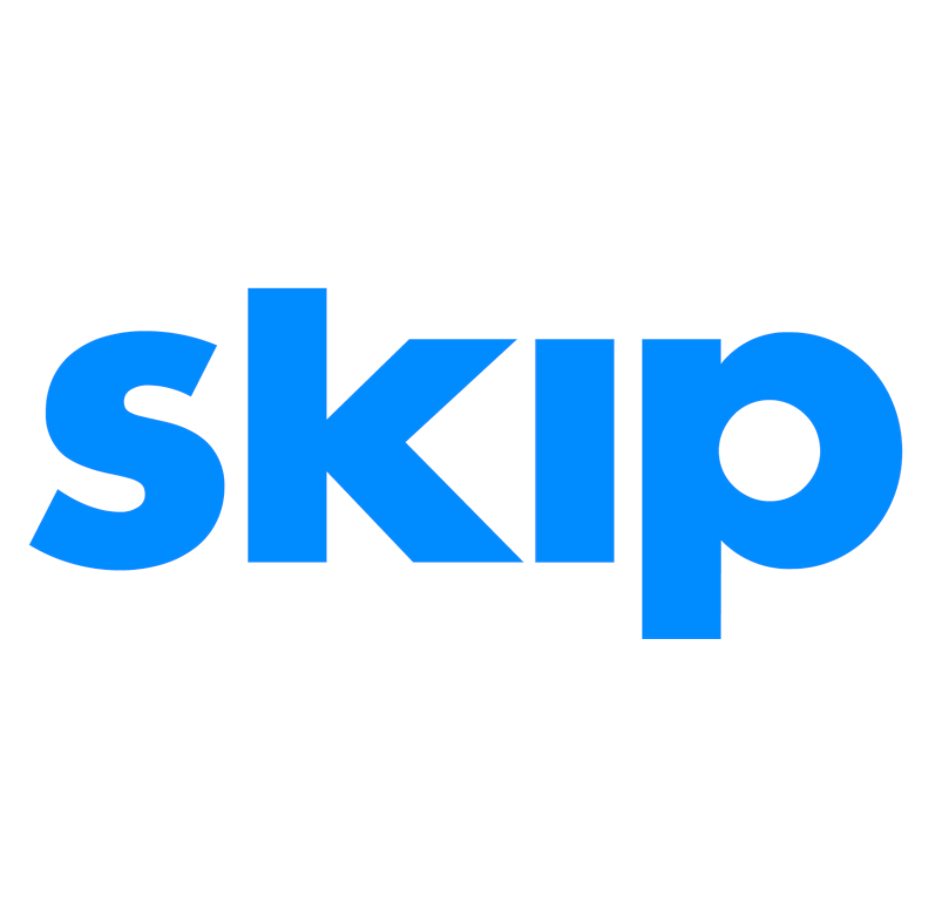Disasters can strike unexpectedly, leaving individuals and businesses in dire financial situations. The Small Business Administration (SBA) provides disaster loans to assist those affected by natural disasters, helping them recover and rebuild. This article outlines the steps to secure a disaster loan from the SBA, clarifying the differences between regular disaster loans and COVID Economic Injury Disaster Loans (EIDL).
Understanding SBA Disaster Loans
SBA disaster loans are designed to help businesses and homeowners repair or replace damaged property and address the financial impacts of disasters like hurricanes, earthquakes, and floods. These loans differ significantly from the COVID EIDL, which was introduced during the pandemic to provide quick economic relief. Regular disaster loans generally have stricter eligibility criteria, and the SBA will assess your ability to repay the loan based on various factors.
How to Find and Apply to an SBA Disaster Loan?
Determine SBA Disaster Loan Eligibility:
- Ensure you are eligible for an SBA disaster loan. Eligibility typically includes being a small business, a private nonprofit organization, a homeowner, or a renter. The disaster must have caused significant damage to your property or income loss.
- Check to see if there is a disaster in your area. The SBA has a webpage that shows all open disasters by county/state.

Prepare Necessary Documentation:
- Gather all required documents such as tax returns, financial statements, and information about your business structure.
- Be prepared to provide details about the damages incurred and the amount of assistance required.
📌 Pro-tip: Need help preparing documentation or applying? Book an expert funding call with the Skip team.
Complete the SBA Disaster Loan Application:
- The application process can be completed online using the SBA’s Disaster Loan Assistance portal or via a paper application.
- Make sure to provide accurate and complete information to avoid delays.
Submit Your Application:
- Submit the application and your supporting documents through the designated channels. It's essential to keep copies of all submitted materials for your records.
How SBA Disaster Loan Processing & Approval Works?
Loan Processing and Assessment:
- Once submitted, the SBA will process your application. They will evaluate your financial situation, including calculating your ability to repay the loan, which involves reviewing credit history, income, and other financial factors.
- The SBA may contact you for additional information or clarification during this assessment phase.
Loan Amount Determination:
- The SBA will determine the maximum loan amount you can receive based on the damage incurred, your ability to repay the loan, and your financial situation. This amount typically can range up to $2 million for businesses and may cover losses not fully compensated by insurance.
Receive a Decision:
- After evaluation, you will receive notification regarding the approval or denial of your loan application. If approved, the notification will include details about loan terms and conditions.
Loan Closing and Disbursement:
- If your loan is approved, you will go through a closing process where you will sign the necessary documents. Once finalized, the SBA will disburse the loan funds, allowing you to begin repairs or recovery efforts.
Repayment:
- Remember that disaster loans are loans that require repayment. The SBA will outline the repayment schedule, interest rates, and terms. It’s crucial to keep up with repayments to avoid default and potential impact on your credit score.
Next Steps: Apply for an SBA Disaster Loan
Applying for a disaster loan from the SBA can be a vital step toward recovery following a natural disaster. By understanding the eligibility criteria, documenting the damage, and navigating the application process carefully, individuals and businesses can access the financial assistance they need.
While these loans differ from the COVID EIDL, the support provided can significantly impact rebuilding efforts. Always stay informed about the latest guidelines and support available through the SBA to ensure a smooth application process. And if you need help preparing documentation or applying, you can book an expert funding call with the Skip team.


